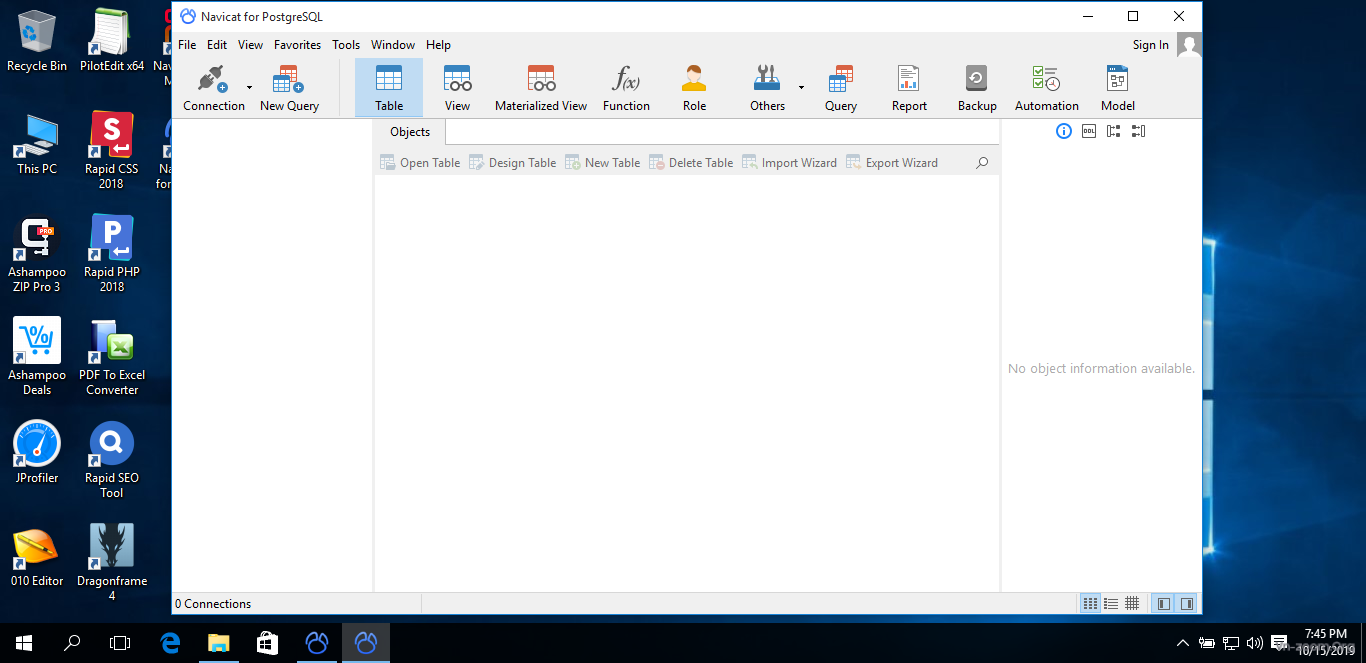
You can create new traces on the SQL Profiler, Query Analyzer, and Long Running Queries pages by clicking the Add Trace icon or + New Trace. For example, you can see which queries are affecting performances in the production environment. The data collected from traces may be analyzed and used to troubleshoot performance issues.

The SQL Profiler provides graphical query execution details for locating inefficient and slow queries. The Tracing feature is part of the SQL Profiler, which is only available for PostgreSQL. In today's blog we'll learn how to create a trace and view its results. When creating a trace, you can define criteria to filter the data collected by SQL Profiler and set a schedule for executing the trace. Case in point, you can now create traces that collect query data based on selected filters from the server log. Navicat Monitor 3 comes packed with a variety of exciting new features.

Azure Database for PostgreSQL - Flexible Server requires allow-listing extensions before they can be installed. Azure Database for PostgreSQL requires the azure_pg_admin role.Amazon RDS requires the rds_superuser role.If you are using a cloud-managed service, you may need to grant additional.You can see an example of this setup in the installation from source documentation. Set up a gitlab user with a password of your choice, create the gitlabhq_production database, and make the user an owner of the database.

If you use a cloud-managed service, or provide your own PostgreSQL instance: Separate from the Omnibus GitLab package. For example, AWS offers a managed Relationalĭatabase Service (RDS) that runs PostgreSQL.Īlternatively, you may opt to manage your own PostgreSQL instance or cluster If you’re hosting GitLab on a cloud provider, you can optionally use a Resolve SSL SYSCALL error: EOF detected error Configure GitLab using an external PostgreSQL service.


 0 kommentar(er)
0 kommentar(er)
